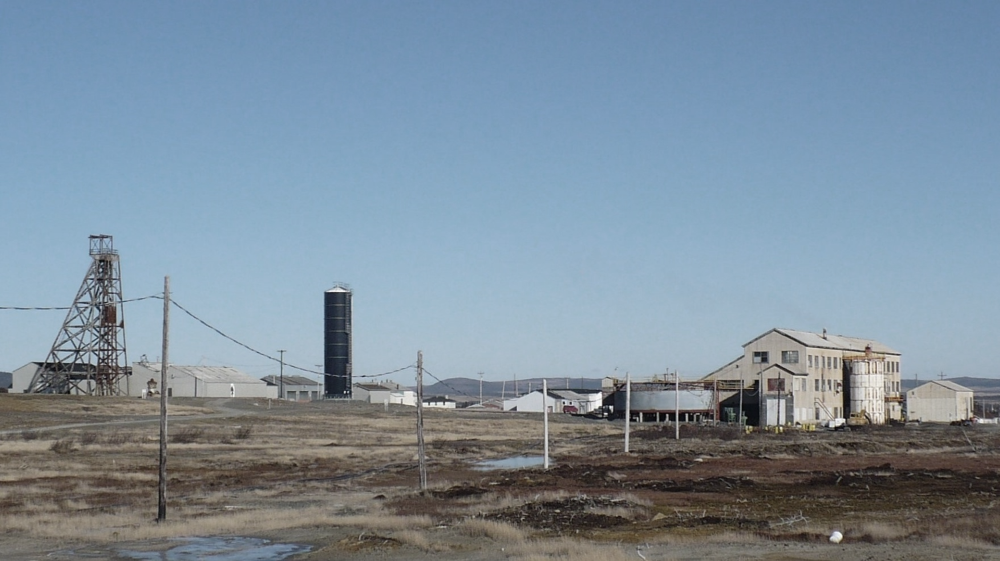
Last Updated on: 23rd July 2025, 10:09 am
I was recently asked if reducing ship speeds is the only available solution to the methane emissions documented in a recent study from the journal Communications Earth & Environment. The research, focused on ship traffic in Neva Bay, Russia, revealed that vessels traveling faster than 12 knots with hull drafts greater than nine meters triggered significant releases of methane from organic-rich seabed sediments.
The phenomenon is primarily due to sudden drops in pressure beneath the hull, caused by what marine engineers refer to as the squat effect. While slowing down large ships is a simple method to address these emissions, I was asked what else could work. My attention was drawn to other potentially effective solutions involving vessel hull design and propulsion technologies.
Traditional ferries, particularly large single-hulled ropax vessels, are commonly designed with deep hull drafts exceeding nine meters when fully loaded. These vessels typically serve coastal and riverine routes in various regions worldwide. Ferries operating in shallow coastal seas like the Baltic, the Mediterranean, and riverine systems such as the Mississippi River are good examples. These ships commonly use diesel engines connected directly to large screws or propellers positioned deeply beneath their hulls. These screws rotate at high torque and relatively low revolutions, pushing massive volumes of water to move the vessels forward.
As a ship moves through shallow waters at speed, its hull pushes water forward and to the sides. Because water is incompressible, this displacement creates a pressure gradient underneath the hull. This reduction in water pressure beneath the ship’s hull, known as hull squat, can typically range from 30 to 60 millibars depending on vessel draft, speed, and seabed proximity. Although seemingly modest, this pressure drop can be enough to trigger ebullition — gas bubble release — from organic-rich sediments lying beneath the sea or river bed.
Methane production in sea and river bed sediments is strongly temperature-dependent, increasing substantially during the warmer summer months. In shallow coastal waters and riverine environments, higher summer temperatures significantly boost microbial activity. This increased microbial metabolism speeds up the anaerobic decomposition of organic matter trapped in sediments, producing methane at a much higher rate compared to cooler periods. In addition, summer months typically see higher levels of organic inputs, such as plant matter and algal blooms, providing abundant nutrients and organic carbon to fuel microbial methanogenesis. Together, warmer water temperatures and increased organic availability result in markedly higher methane production rates during summer.
However, even with increased methane generation during warm months, the gas does not automatically escape to the atmosphere. Under normal, undisturbed conditions, much of the methane produced remains trapped as small bubbles within sediment pores or dissolved within sediment water. The pressure from overlying water and sediments holds methane in place, preventing it from rapidly rising to the surface.
Crucially, microbial communities living in upper sediment layers actively consume methane through oxidation, converting it predominantly into carbon dioxide and water. These methane-consuming bacteria act as an effective natural barrier, reducing atmospheric methane emissions significantly. It is only when sediments are physically disturbed or when pressure conditions change dramatically, such as due to ship-induced pressure fluctuations or sediment erosion during strong storms, that significant amounts of methane escape directly into the atmosphere.
Constant disturbance of the sea or river bed during summer months, in other words, leads to constant emissions of methane over that period. It significantly limits the ability of the methane-consuming bacteria to do their part.
This process depends strongly on vessel draft and seabed conditions. British Columbia’s large Class C ferries provide an illustrative contrast. Although these ferries have similarly large hulls and deep drafts, they operate primarily in deep, open coastal waters and well-maintained deep-water channels between islands and the mainland. Because of their operating environment, BC’s ferries rarely enter shallow, methane-rich coastal zones. As a result, they do not create pressure disturbances sufficient to release methane from seabed sediments, demonstrating how critical local conditions are in determining emissions risk.
Given these operational complexities, vessel design and propulsion technology might offer practical alternatives or additional measures beyond simply slowing vessels down. An example is the China Zorrilla, an innovative, fully electric catamaran ferry built by Incat and powered by Wärtsilä waterjet propulsion systems, current in shakedown testing in Tasmania and due to be delivered to for the Argentina–Uruguay run later this year.
This vessel’s technical features represent significant deviations from traditional ferry designs. First, the China Zorrilla’s draft is typically around three to four meters, less than half that of conventional RoPax ferries. This shallow draft results from both its twin-hulled, catamaran structure and its lightweight construction using advanced materials, such as aluminum alloys, that lower its overall displacement. Additionally, the use of battery-electric propulsion eliminates substantial weight associated with diesel engines, fuel tanks, and heavy transmission equipment, saving 150 to 400 tons.
By distributing its weight evenly across two parallel hulls, a catamaran dramatically reduces its impact on seabed pressure fluctuations compared to a single deep hull. The twin hulls sit relatively lightly on the water surface, significantly reducing the squat effect at high speeds. Because pressure beneath the hull remains relatively stable, even when traveling quickly, the risk of triggering methane release from seabed sediments drops substantially.
The choice of propulsion technology also influences sediment disturbance. Waterjets, unlike traditional screws, operate by pulling water horizontally from near the waterline, accelerating it, and then expelling it horizontally behind the vessel. This horizontal movement creates very little vertical turbulence or downward pressure waves capable of disturbing seabed sediments. Traditional screws are mounted deeper beneath the hull, rotating at substantial torque and creating pronounced vertical turbulence and cavitation. These screw-induced disturbances can exacerbate sediment agitation in shallow areas, potentially contributing to methane bubble release once initial hull-pressure changes loosen the sediment.
It remains essential to acknowledge current limitations in available research data. The study conducted in Neva Bay provides critical initial evidence, but it remains geographically and contextually specific. Methane release from vessel movements is highly dependent on local sediment composition, water depth, and seabed topology, and these factors can vary dramatically from one coastal region to another. Because of this, broad conclusions or uniform policy recommendations based on limited data remain premature. The scientific community needs additional research examining different vessel types, hull designs, propulsion technologies, and sediment environments to establish clear, universally applicable guidelines.
Research should systematically investigate how shallow-draft, multi-hulled vessels perform in a wide range of geographic environments, from coastal wetlands to shallow bays and river deltas. Scientists should also measure how propulsion methods impact sediment disturbance across diverse seabed compositions. Assessing the role of vessel displacement, hull geometry, and operational speeds in detail will yield valuable insights.
Slowing vessel speed is clearly an effective short-term solution for reducing methane emissions in shallow waters where there is a concern. However, it is not the only viable solution available. Innovative hull and propulsion system designs, exemplified by modern catamaran ferries like the China Zorrilla, provide practical, alternative pathways. By using shallow-draft, multi-hulled vessels with electric propulsion and waterjet systems, operators can significantly minimize seabed methane disturbances without compromising operating speeds.
Sign up for CleanTechnica’s Weekly Substack for Zach and Scott’s in-depth analyses and high level summaries, sign up for our daily newsletter, and follow us on Google News!
Have a tip for CleanTechnica? Want to advertise? Want to suggest a guest for our CleanTech Talk podcast? Contact us here.
Sign up for our daily newsletter for 15 new cleantech stories a day. Or sign up for our weekly one on top stories of the week if daily is too frequent.
CleanTechnica uses affiliate links. See our policy here.
CleanTechnica’s Comment Policy



